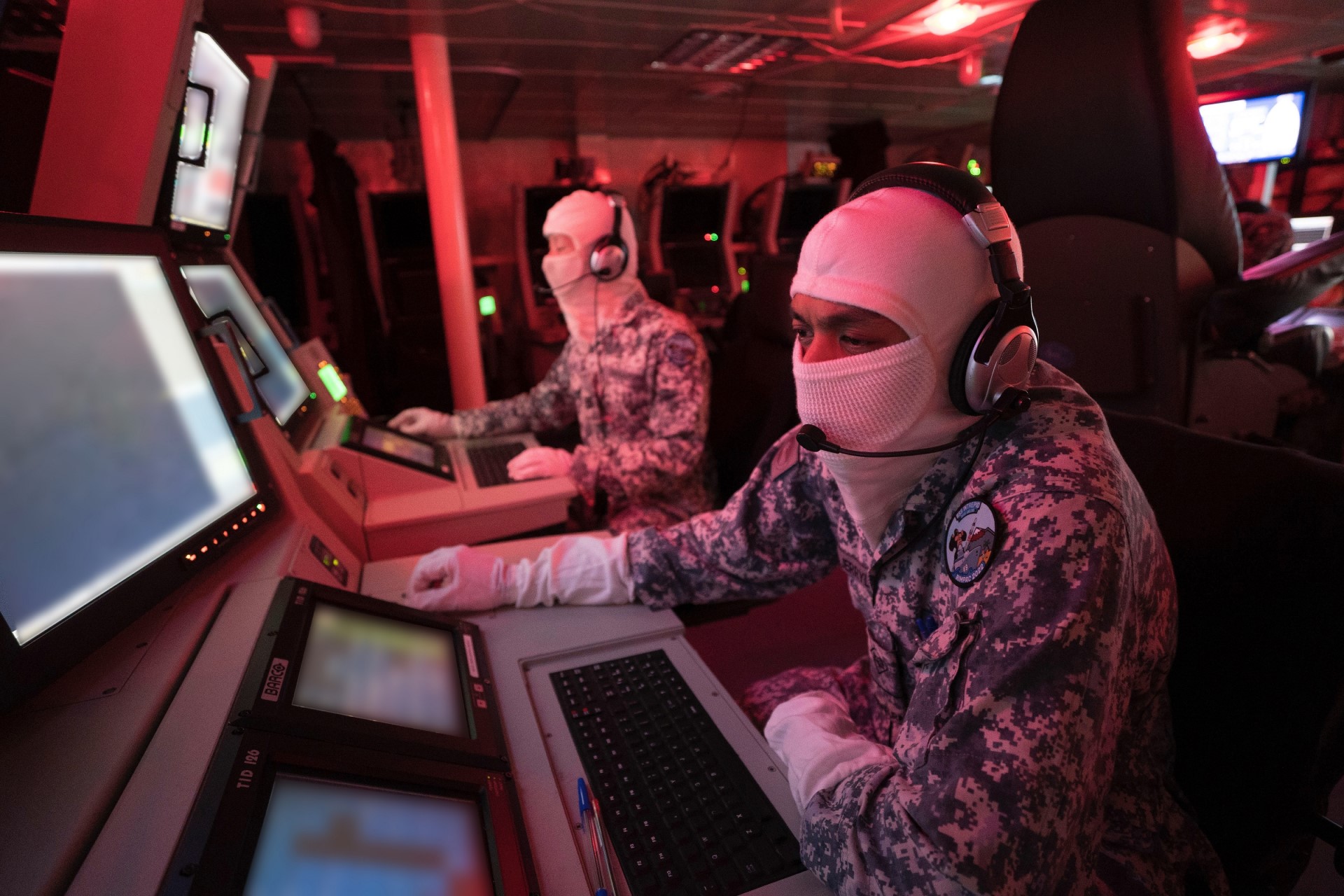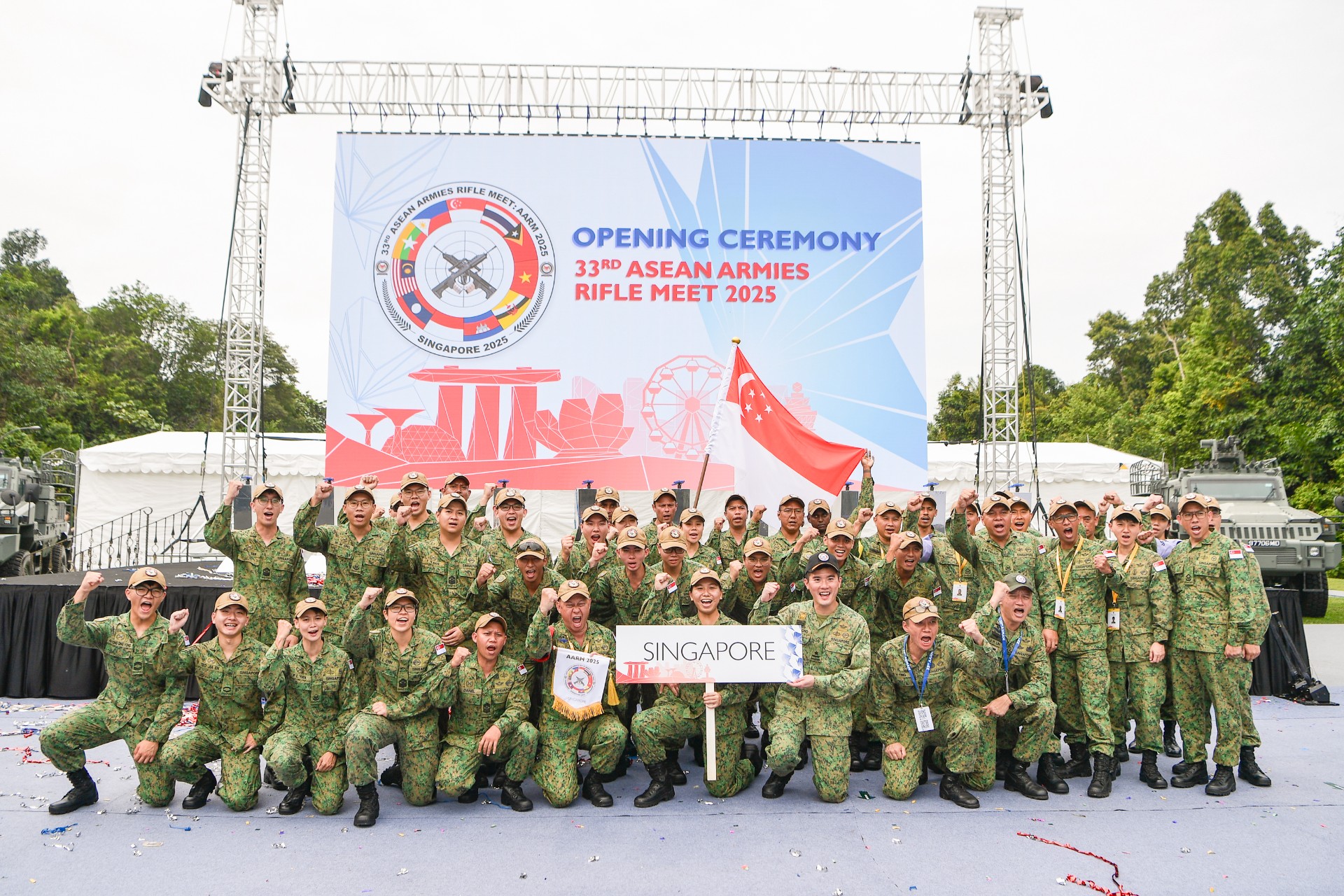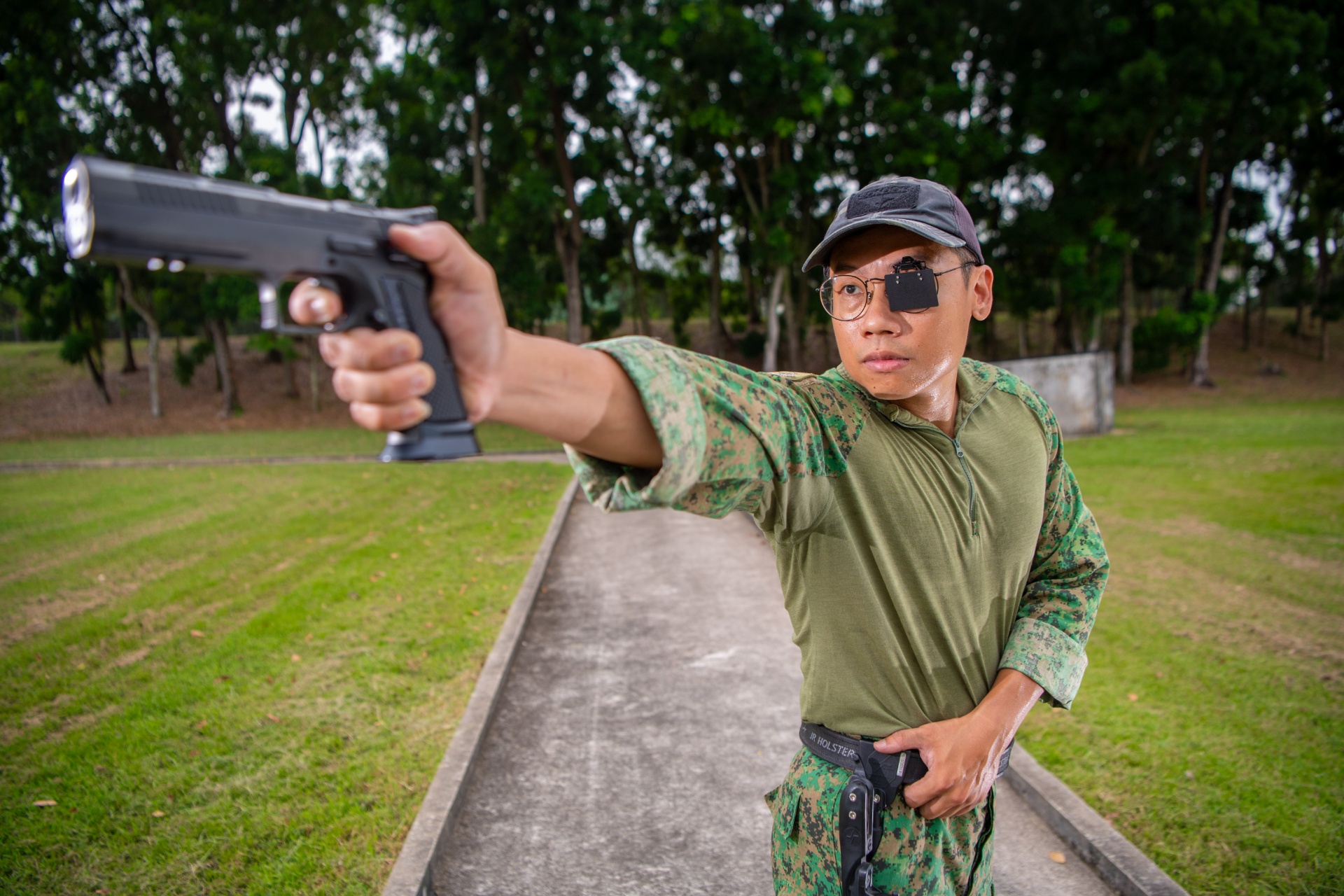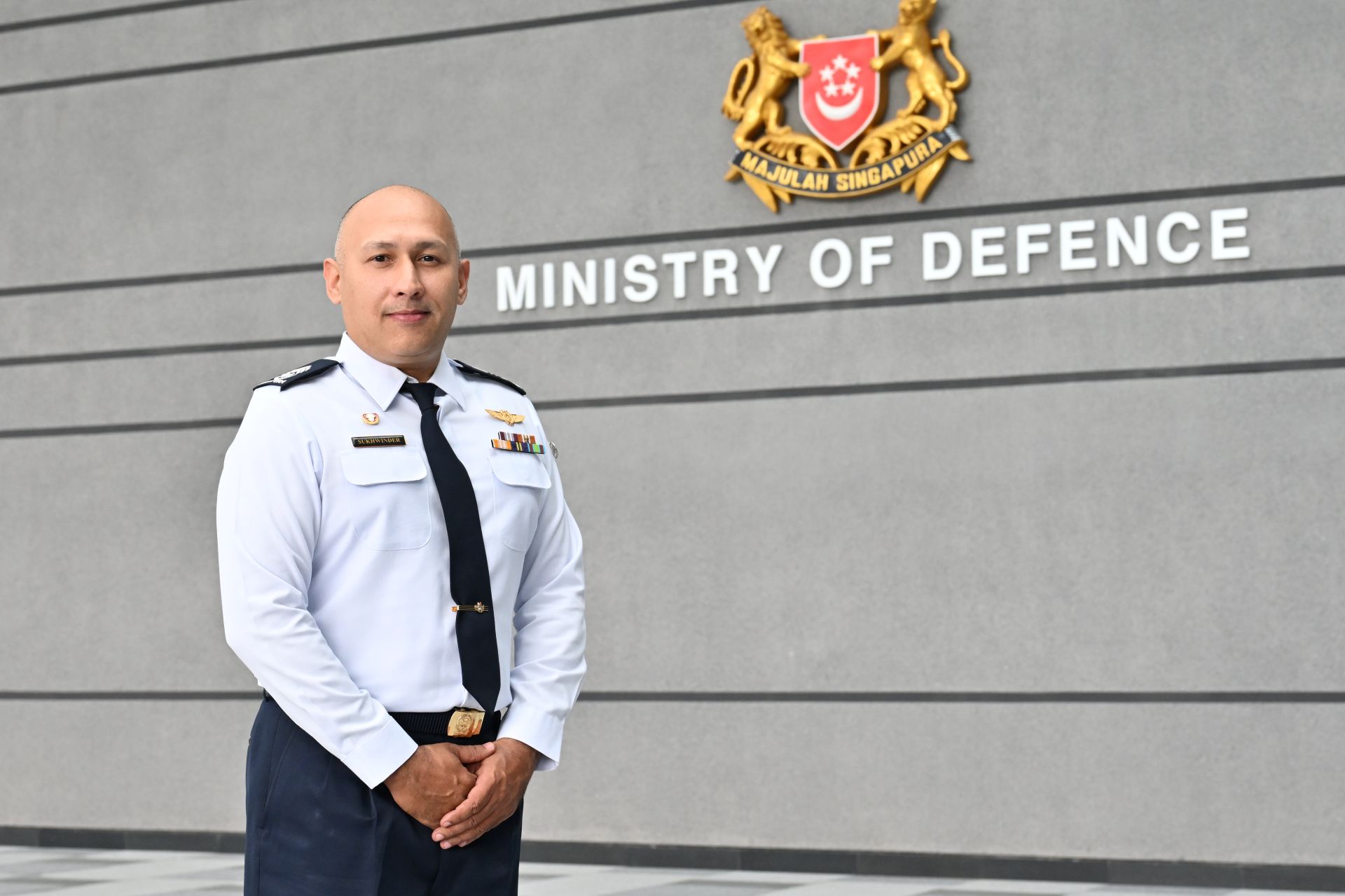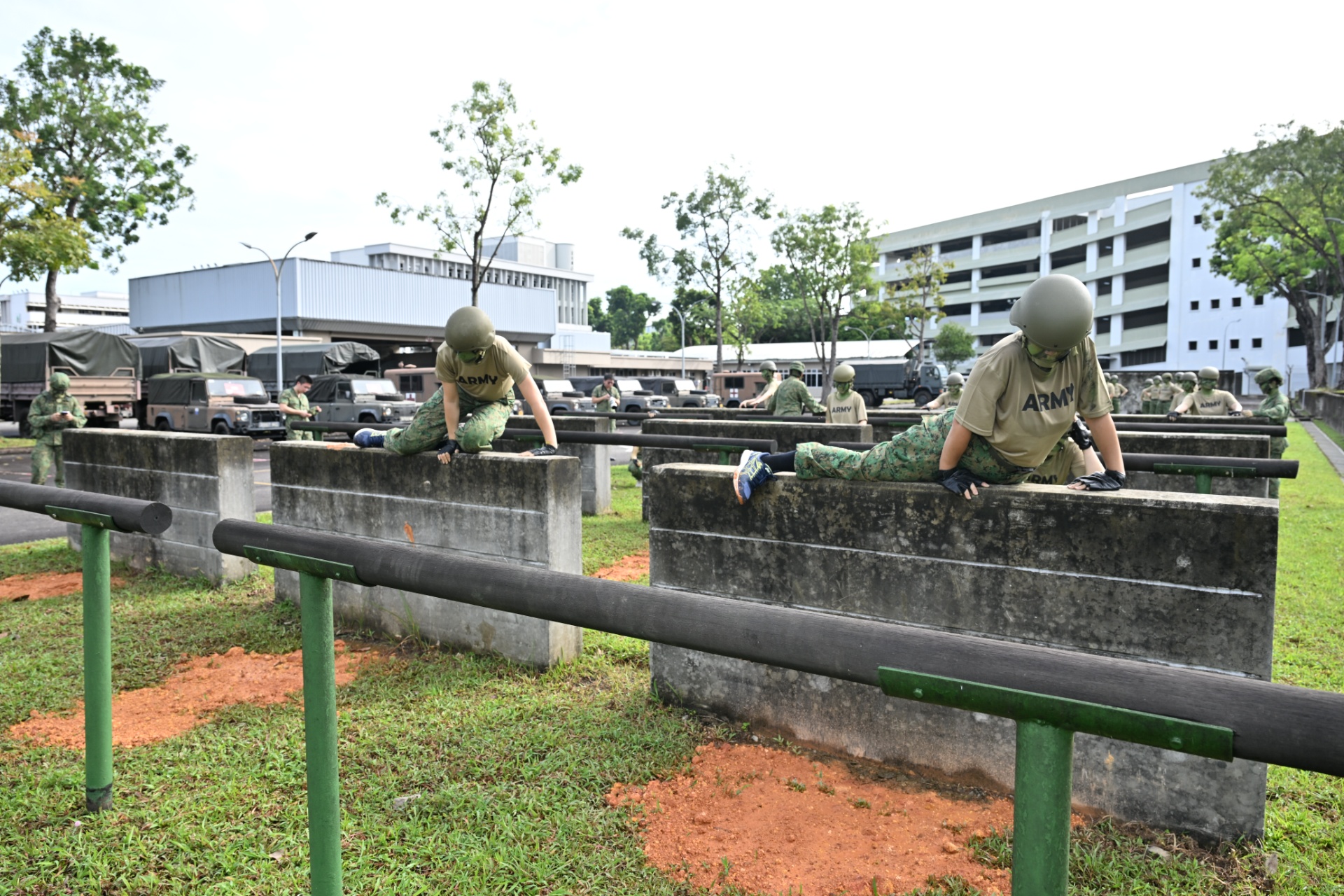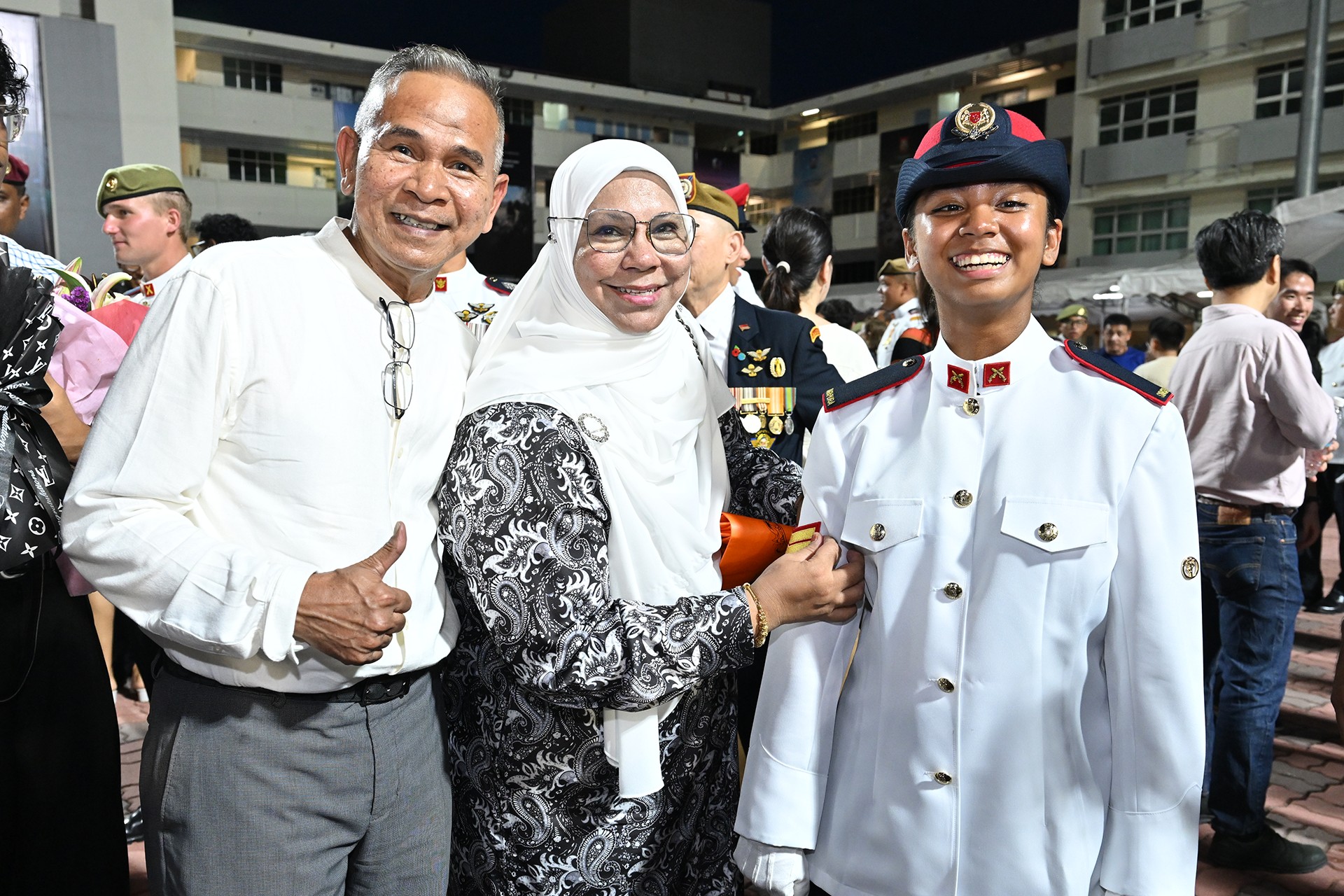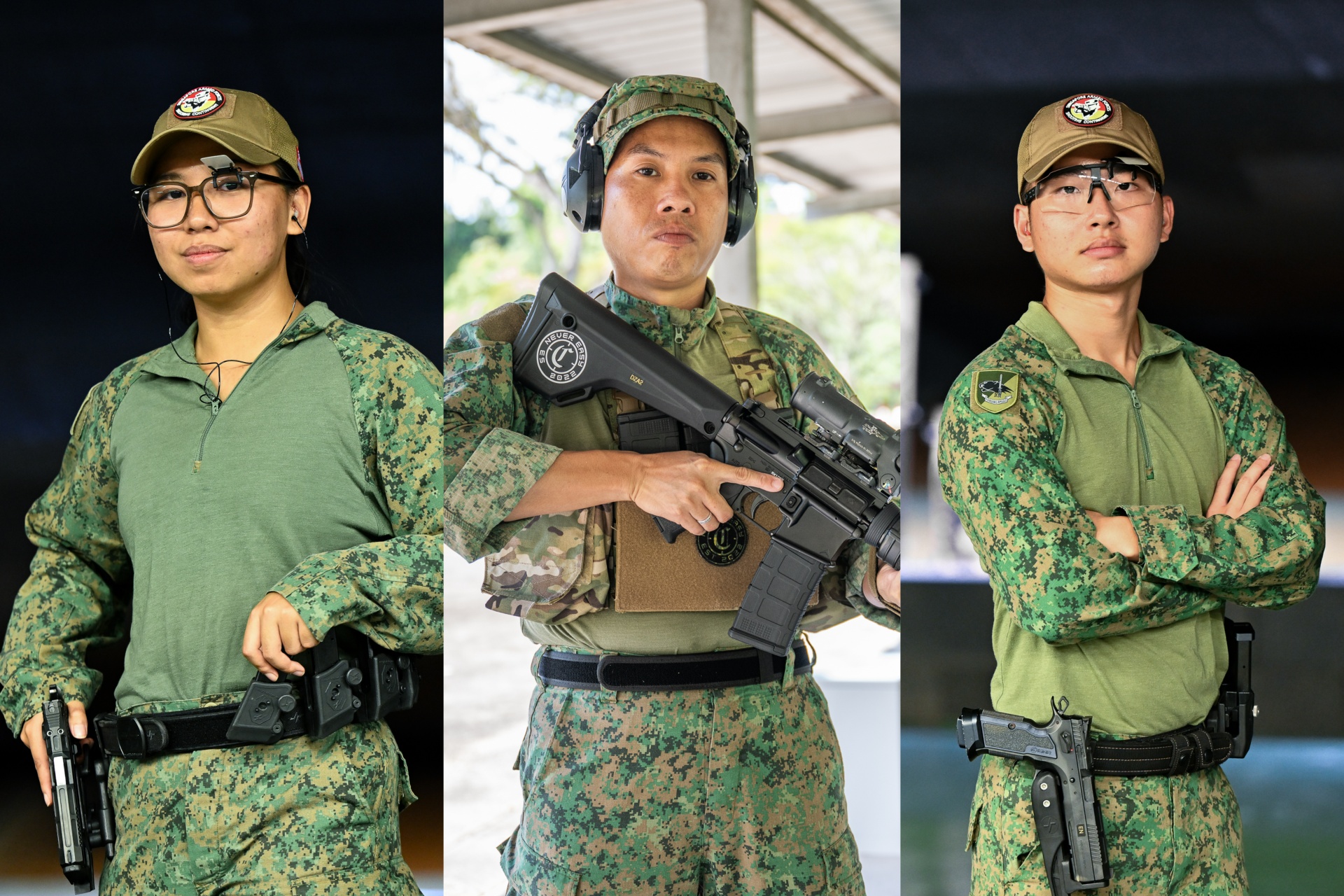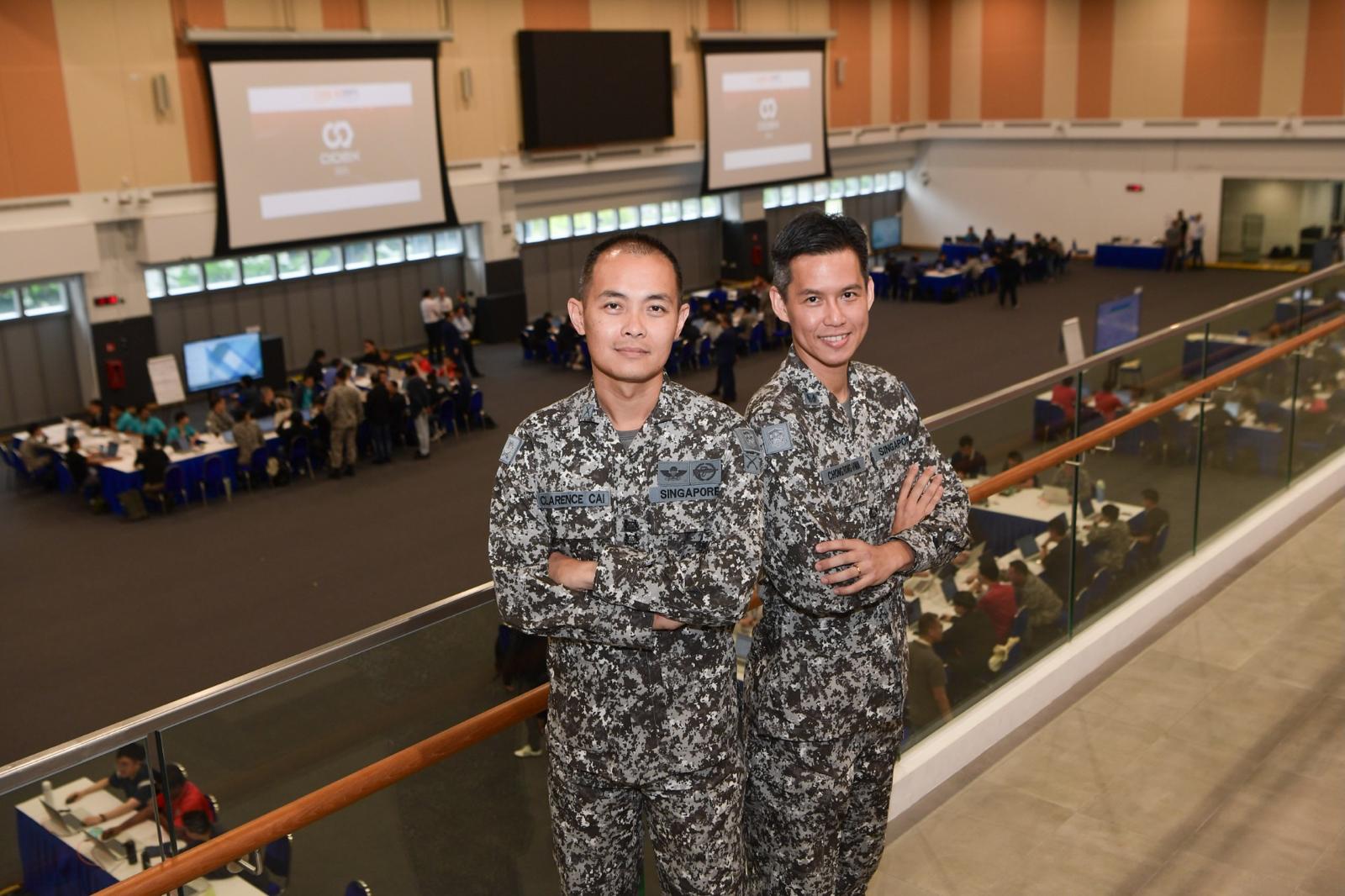TAKING THE LEAD AT RIMPAC 2022
The Republic of Singapore Navy (RSN) led eight ships from seven nations at one of the world's largest maritime exercise.//Photos by //Story by Koh Eng Beng //Photos by Chai Sian Liang & courtesy of US Department of Defense (DoD)
Naval ships carrying troops, equipment and aircraft are sailing towards a location off the coast of Hawaii. Escorting them is a multinational task group of frigates and destroyers led by Sea Combat Commander (SCC) Colonel (COL) Kwan Hon Chuong from the RSN.
Along the way, the task group spots enemy aircraft, ships and submarines. Almost intuitively, the frigates and destroyers fire their guns, missiles and torpedoes to neutralise them.
The task group continues to protect the naval ships until they reach their assault objective.
This was a scenario that played out at this year’s Rim of the Pacific Exercise (RIMPAC).
Held from 29 Jun to 4 Aug, the massive naval exercise involved 38 ships, four submarines, multiple aircraft and about 25,000 personnel from 26 nations – including host the United States (US), as well as others such as Australia, Germany, Japan, Malaysia, the Republic of Korea and the Philippines.
Representing Singapore was the RSN’s Formidable-class frigate RSS Intrepid. RSN personnel were also part of the Sea Combat Command Team.
Leading a multinational team
This was the first time that the RSN had taken on the SCC role in a full-scale RIMPAC – it had taken on the same role in RIMPAC 2020 but the exercise then was scaled down due to the COVID-19 pandemic.
"RIMPAC is one of the world's largest maritime exercise and being able to take on the role of SCC successfully was a good way to benchmark where our Navy stood internationally," said COL Kwan, 43, who is Commander First Flotilla in the RSN.
Operating out of USS ESSEX, a US Navy amphibious assault ship, the SCC team directed the operations of eight ships from seven nations. Also at their disposal were helicopters from the Chilean, Korean, Mexican and US ships, and an unmanned surface vessel from the US Navy.
"Working through the exercise as the SCC has been useful for our learning in the conduct of coalition operations at the leadership level," said COL Kwan.
"Tactically, we also gained a greater understanding of amphibious operations and theatre anti-submarine warfare."
Theatre anti-submarine warfare refers to the conduct of
anti-submarine warfare over a large area, rather than localised to a
confined area.
Valuable learning experience
Among those who gained invaluable experience was Captain (CPT) Chua Wei Lin, the Deputy Lead for Future Planning Cell of the SCC team. The team typically plans operations in 24-hour cycles, and her role was to develop the operation plan for the next 24 to 96 hours.
A key challenge, she said, was developing an operation plan that took into account both the objectives of the task group, as well as that of each ship. She also had to consider the capabilities of each ship.
"This is especially important in a multilateral exercise where different nations have different training objectives," said the 27-year-old.
Tight coordination was key to overcoming the challenge, she added.
Her takeaways from the exercise? Witnessing the RSN competently take the lead in a high-end multilateral exercise, and building close cooperation with established navies around the world.
"From the coordination through various conferences (on
shore) to the execution (of missions) out at sea, the SCC team led
conversations in order to ensure all mission objectives were fulfilled,"
said CPT Chua, a navigation officer in the RSN.
Drills out at sea
At RIMPAC, RSS Intrepid led a task unit in the conduct of combined anti-submarine and anti-air missions. It also took part in maneuvering drills, as well as underway replenishment (transferring supplies from one ship to another at sea).
In addition, the frigate successfully fired a live Aster surface-to-air missile against a high-speed target.
An eye-opener
For 3rd Sergeant (3SG) Madhav Mallam, being able to take part in RIMPAC – one of the world’s largest maritime exercise – was a once-in-a-lifetime experience.
This was why the Full-time National Serviceman (NSF), a crew member of frigate RSS Tenacious, volunteered to sail with RSS Intrepid.
Earlier this year, the communication systems specialist had sailed across the Indian Ocean with RSS Tenacious to take part in Exercise MILAN, an exercise involving more than 40 countries.
He was hooked. "I realised I enjoyed the thrill and prospect of the unknown in multinational exercises, so I jumped at the first opportunity to go on a three-month-long sailing for RIMPAC."
Moving over to RSS Intrepid meant that he had to get to know new shipmates and understand the ship’s culture and practices, 3SG Mallam recalled.
But it was all worth it – participating in RIMPAC allowed him to gain a better understanding of the importance of overseas exercises.
"It is essential to fostering a sense of kinship between countries, and an important platform for Singapore to extend and reaffirm diplomatic relations worldwide," said the 20-year-old.
"As an NSF, I feel privileged that I had the opportunity to fulfil my dreams of representing Singapore at such a large naval exercise," he added.
The appearance of US Department of Defense (DoD) visual information does not imply or constitute DoD endorsement.
